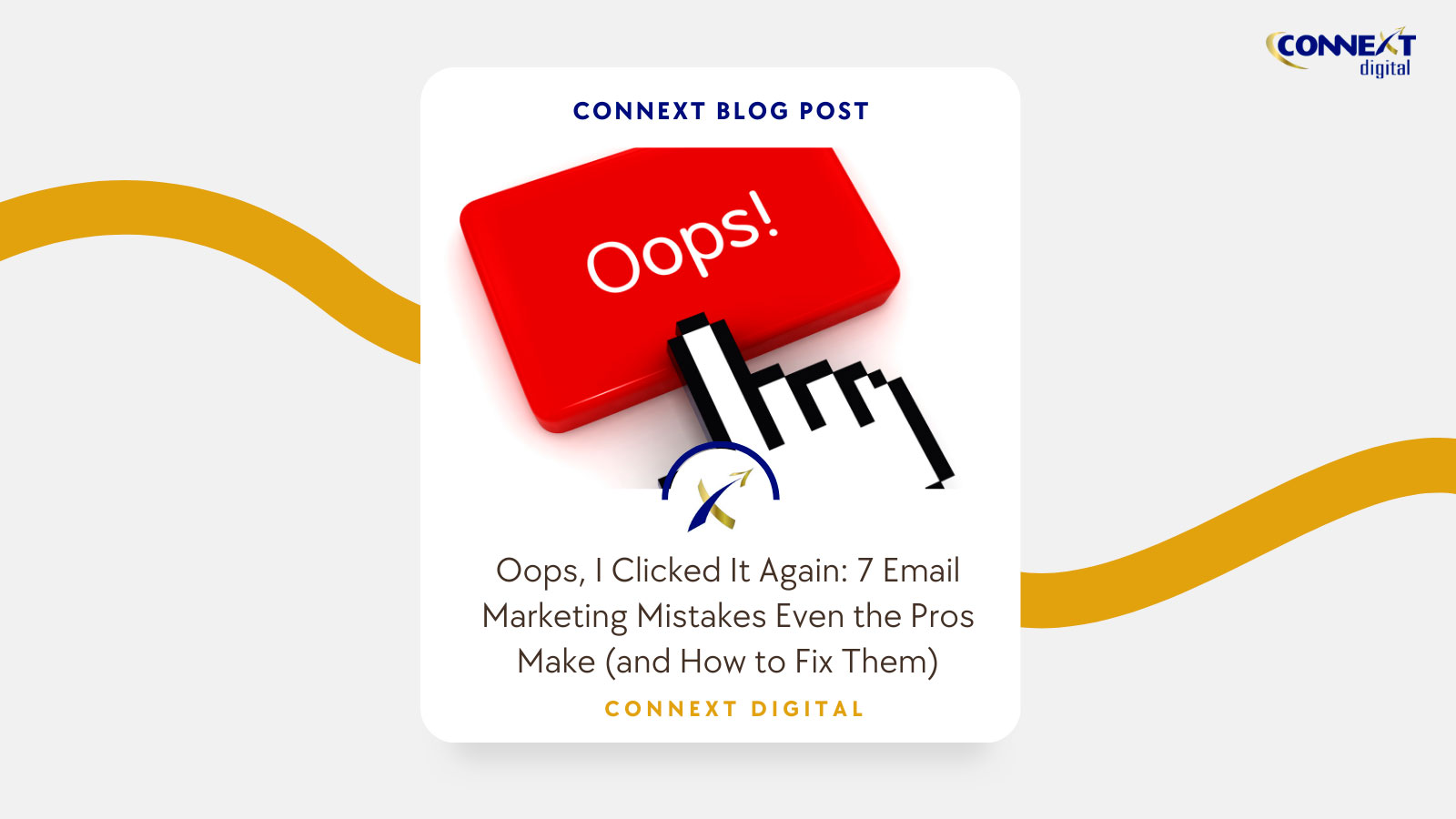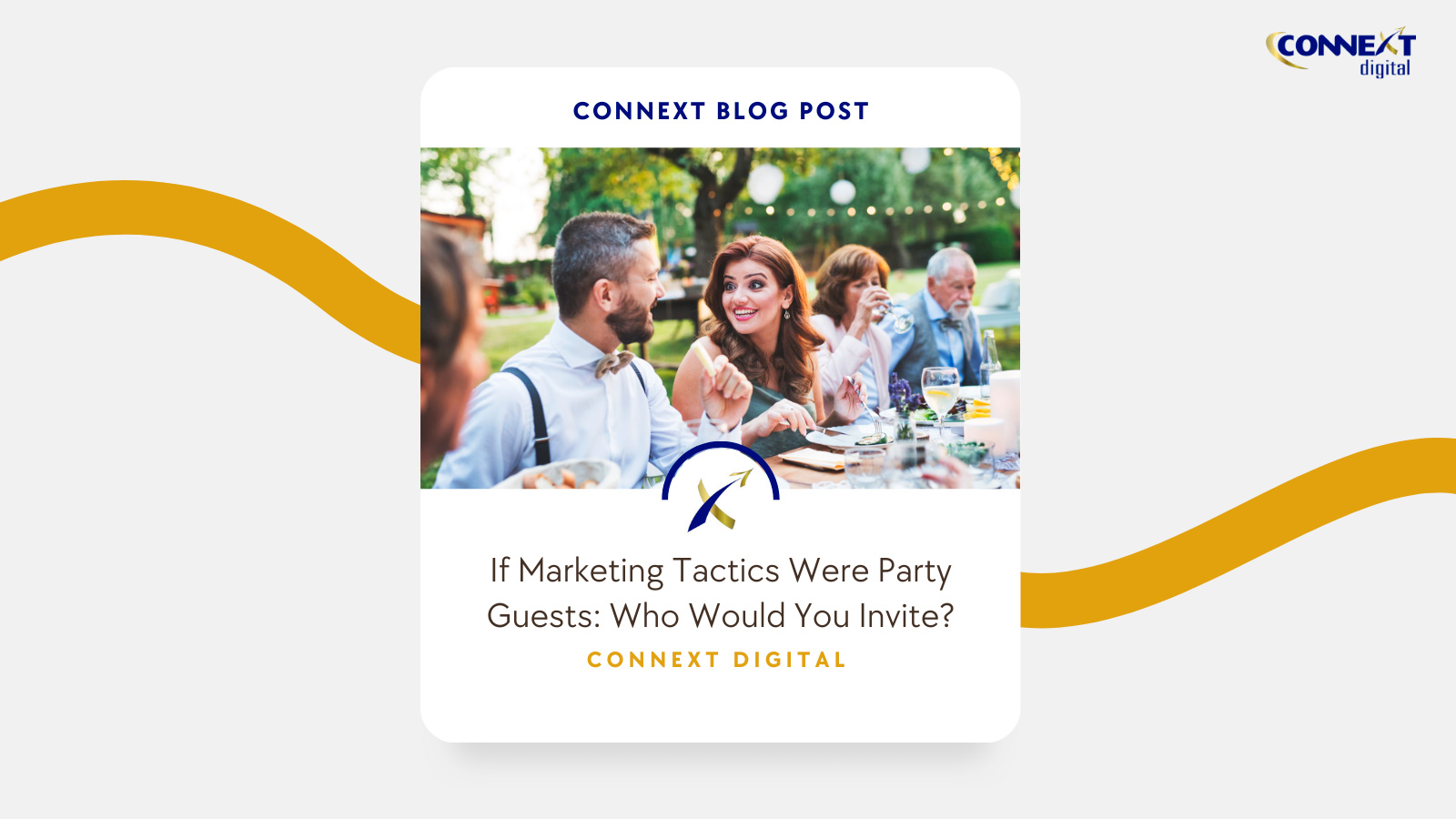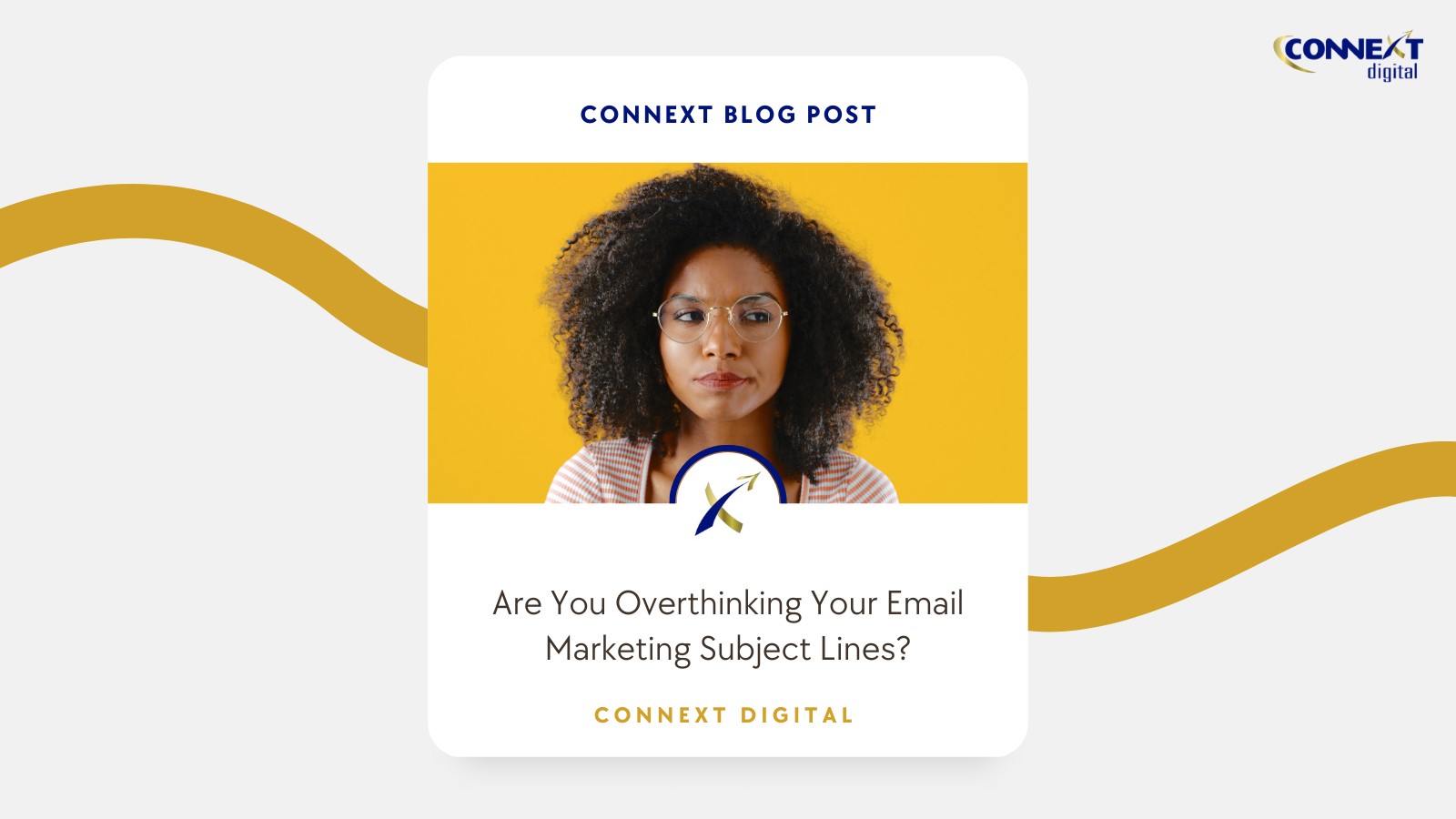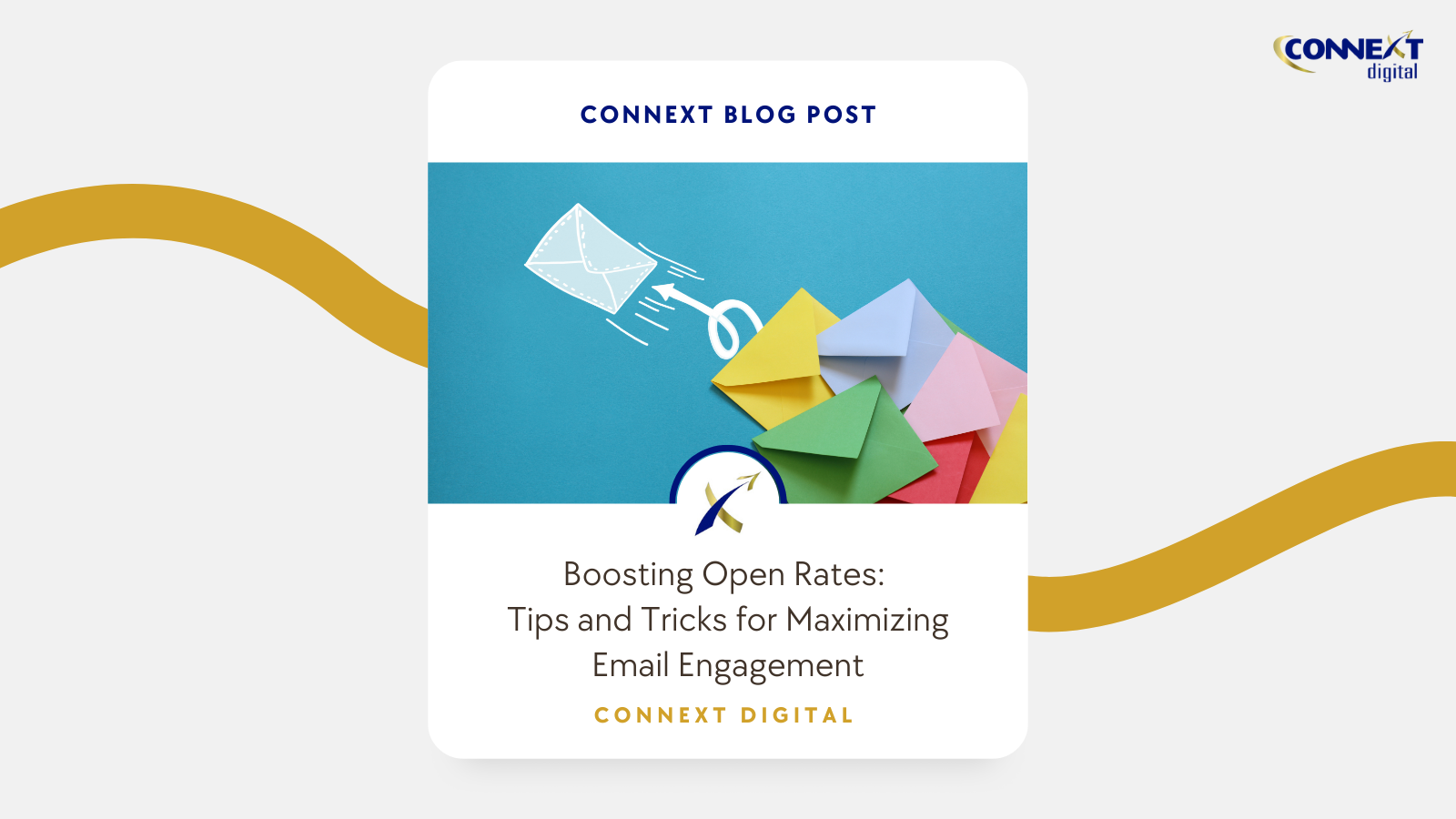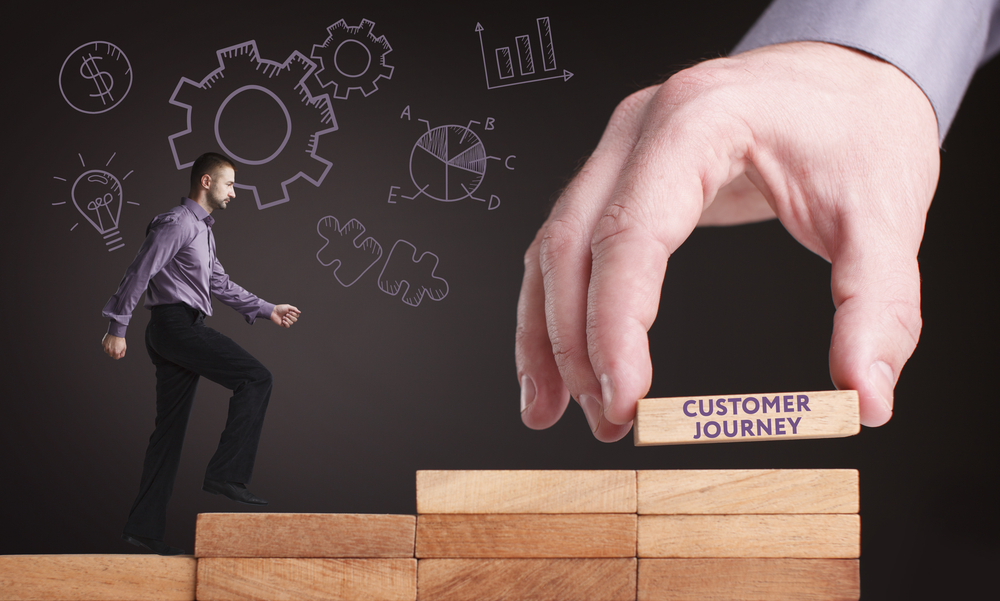
How to Improve the Customer Journey with Email Marketing
Any decision that customers make when purchasing a product or service can be described as a journey that begins with a single step. This is where they would have determined that there is a job that needs to be done.
They will now embark on what is called a ‘customer or buyer’s journey,’ where they will go through a series of stages to complete it. While some of these journeys are short and simple, others can be quite long and a bit complex.
As marketers, it’s your job to utilize multiple channels since customers look at many different places to find what they want. You can help with this from companies such as NGP Integrated Marketing Communications. It’s also worth noting that their journey should be made as pleasant as possible to establish brand loyalty. To do this, you need to step into their shoes to fully understand their needs and tap into this wealth of information. This makes sure your automation process is seamless.
For a journey to go the way you’d want it to, there should be a map to guide your customers and touchpoints to make sure they are ushered towards the right direction. You must identify the stages of the customer journey and use email marketing in every stage to ensure your customers take the path you desire. This also helps you determine how your email marketing services can be optimized to hit your goals.
Awareness
This is the first stage where your priority is to educate your potential customers not directly of your brand, but of the issues that they are dealing with.
It’s just the beginning, so you don’t have to worry about shoving your brand into their faces just yet. You will have your chance to do that later into their journey after you’ve established yourself as a credible industry authority under your product.
Due to the need of educating your potential customer, your email marketing strategy should revolve around directing them to your informative content such as blog posts, e-books, and videos. This is a huge opportunity to turn them into email subscribers through signup forms. Once they are subscribers, you can send them a welcome series where they can introduce your brand and everything that you can offer.
Consideration
Now that your potential customers are aware of the problem, they’re going to start looking around for reviews from folks who’ve found themselves in similar situations. This is the time when they are considering their options.
As a marketer, you can lay out the features of your product in your email marketing strategy using more brand-oriented materials to attract those who are really suited to your brand and at the same time, weed out those who don’t.
Conversion
Also called the purchasing stage, this is where you give your potential customers a nice little nudge to convince them to press the ‘Buy Now’ or ‘Subscribe’ button.
After you’ve finally made a conversion, all that’s left to do is offer a free demo to let them know why your product is the answer to their problems.
Retention
You have left your first-time customer happy with the purchase. Your next job now is to make sure they remain loyal by thinking about purchasing from your brand not only when the same need arises, but also when other situations come up.
This calls for regular emails about other product offerings that may also include promos or discounts that might interest them and lead them to purchase more products from you.
Advocacy
Competition across different industries is fierce with growing distrust for what brands advertise. Despite this, you’ll need your brand to stand out, so you will have to turn your customer’s positive experiences into a powerful sales message to others. Turning your enthusiastic customers into your own sales force is one of the best ways to pull this off.
The only way other potential customers will start believing in your brand is through the testimonials of those who already have purchased from you and were left happy and satisfied. This can also be achieved through an effective referral program. The challenge lies in turning them into advocates who are going to have a sense of purpose in selling your brand.
Sending email sequences can work to your advantage since they keep customers who have opted-in, or engaged either through time-based or trigger-based automation. To make this work, you need to identify which actions and behaviors your past customers have demonstrated to become an advocate. Only then can you build nurturing sequences that are designed to establish new advocates into your referral marketing systems. This method will help raise brand awareness, capture leads and drive conversions—all while nurturing your current customers to help boost sales.
When done right, email marketing will serve as the backbone of your interactions with customers. When you understand the structure of your customers’ journey, you can make improvements in your marketing automation based on them to streamline your whole process and effectively grow your business.

